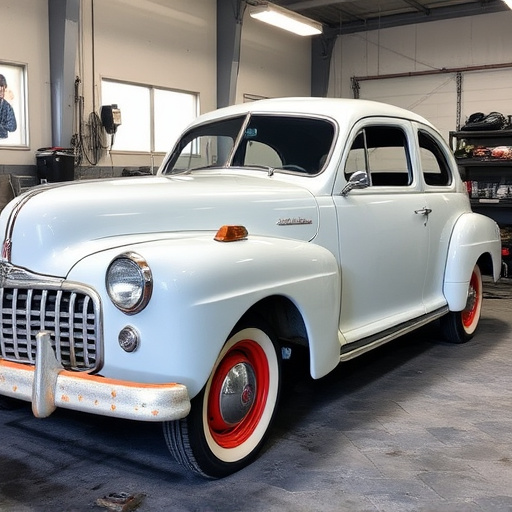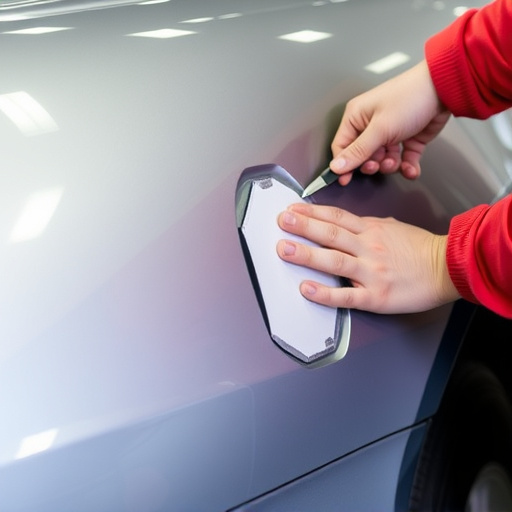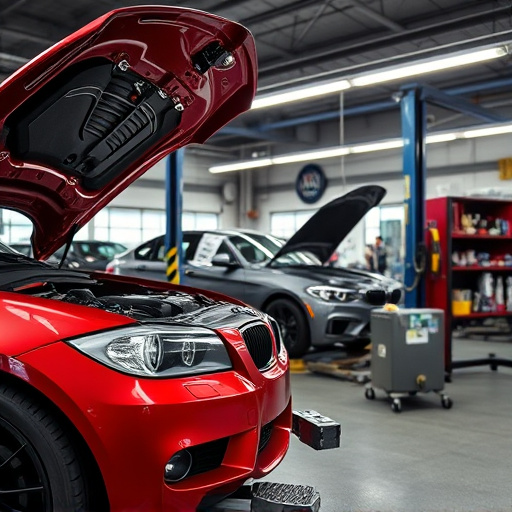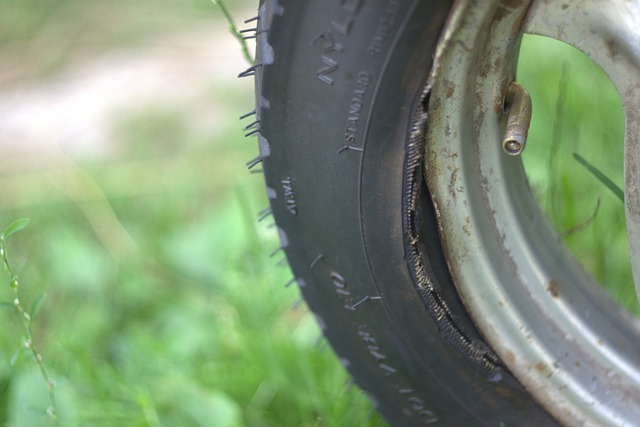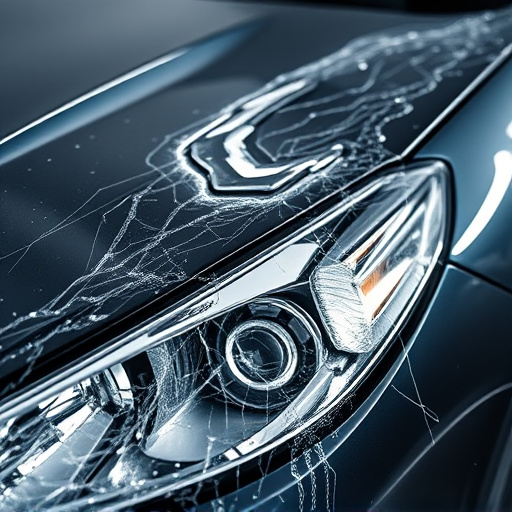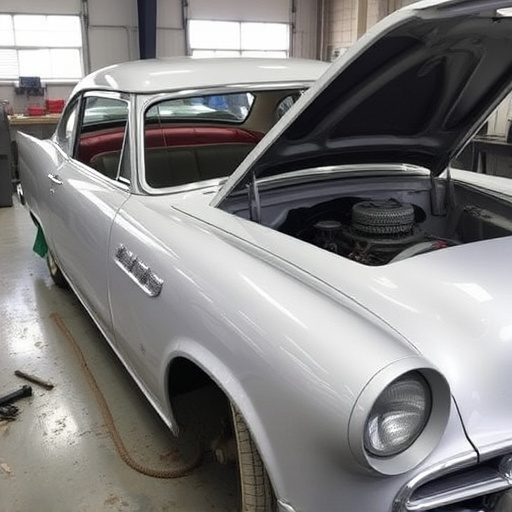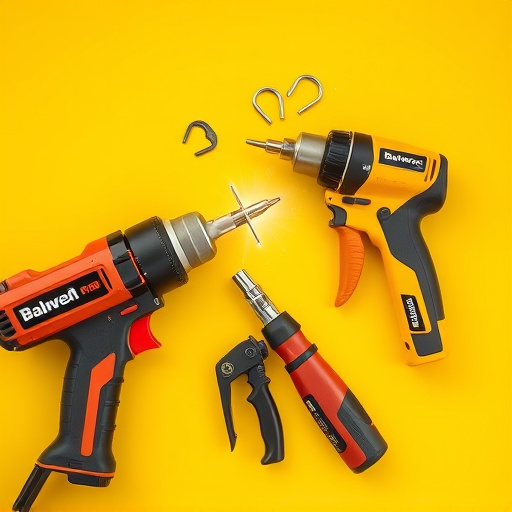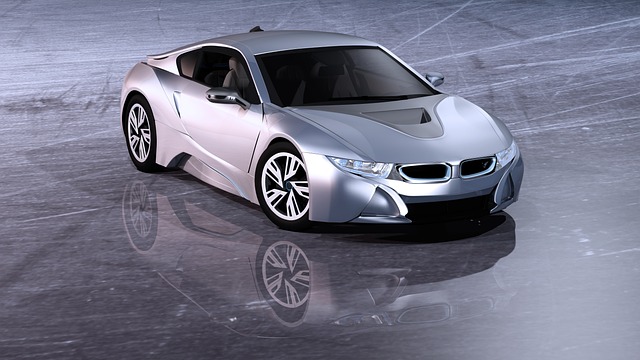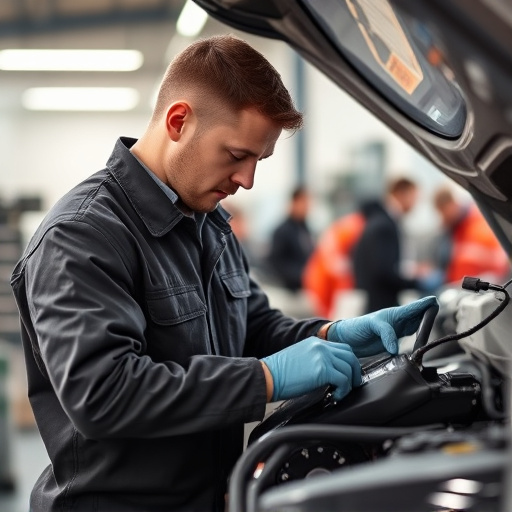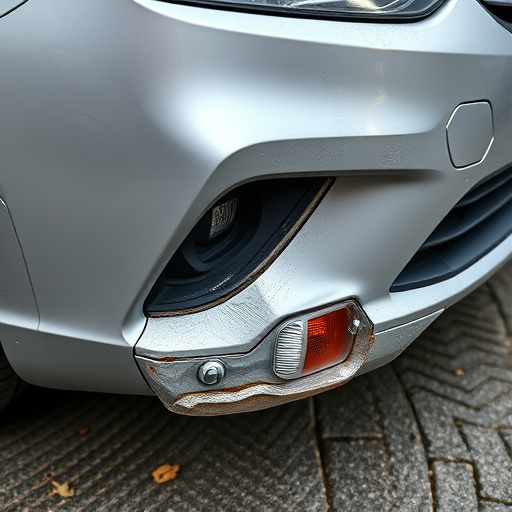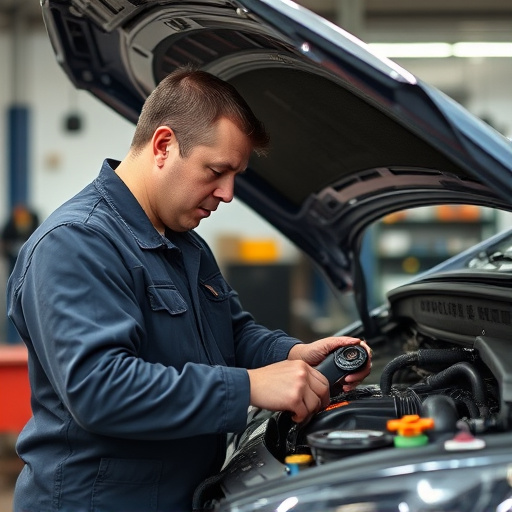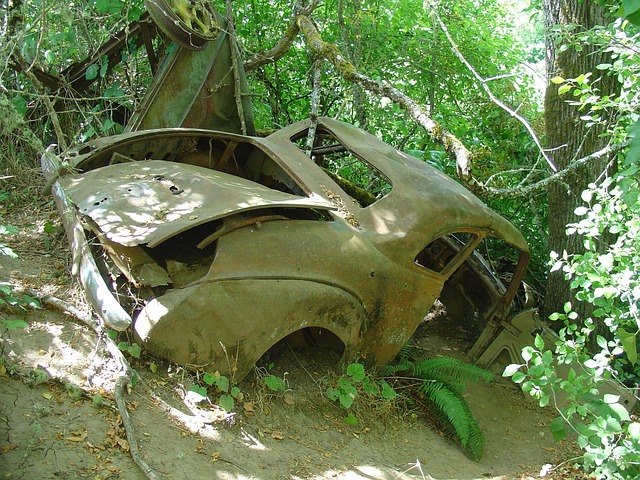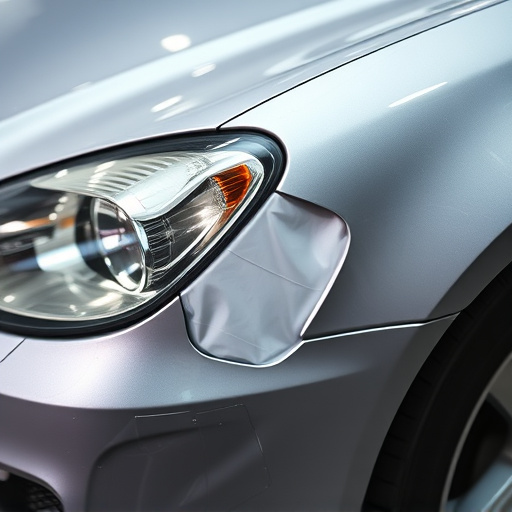3D vehicle scanning revolutionizes auto industry by creating precise digital models using laser sensors and cameras. This technology aids in restoration, glass replacement, and repair with accurate measurements, damage assessment, and virtual repairs, enhancing efficiency and precision over traditional methods. It's particularly beneficial for autobody work, insurance claims documentation, and ensuring perfect fitment of auto glass.
“Discover the transformative potential of 3D vehicle scanning in the automotive sector. This cutting-edge technology is unlocking new avenues for data collection, design optimization, and precision manufacturing. In this comprehensive guide, we demystify 3D vehicle scanning and explore its diverse applications. From revealing intricate vehicle details to enhancing safety features, 3D scanning is reshaping the industry. Read on to learn how this technology works, its numerous benefits, and why it’s a game-changer in automotive innovation.”
- Unlocking Vehicle Data: The Power of 3D Scanning
- How 3D Vehicle Scanning Works: Technology Explained
- Applications and Benefits: Revolutionizing Automotive Industry
Unlocking Vehicle Data: The Power of 3D Scanning
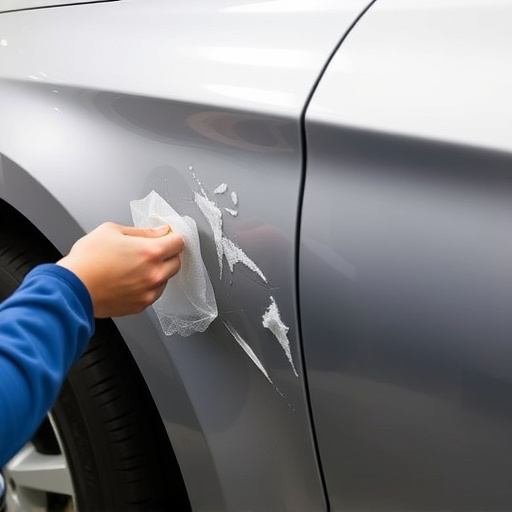
Unlocking Vehicle Data: The Power of 3D Scanning
In the ever-evolving automotive industry, accurate and detailed vehicle data is paramount for various processes such as car restoration, auto glass replacement, and fender repair. Traditional methods often fall short in providing this level of precision, leading to inaccuracies and time-consuming adjustments. This is where 3D vehicle scanning steps in as a game-changer. By capturing intricate details in a three-dimensional space, 3D scanning offers an unparalleled level of accuracy, allowing professionals to virtually dissect and analyze every aspect of a vehicle with ease.
This cutting-edge technology employs advanced laser sensors or cameras to capture millions of data points, creating highly accurate digital replicas of the subject vehicle. This digital data is then processed using specialized software, enabling users to measure, modify, and visualize components with unprecedented clarity. With 3D scanning, car restoration projects become more manageable, auto glass replacement can be tailored precisely, and fender repair can be executed with confidence, ensuring every detail aligns perfectly.
How 3D Vehicle Scanning Works: Technology Explained
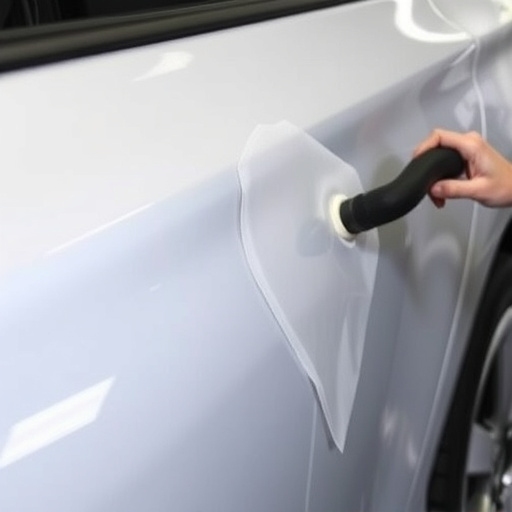
3D vehicle scanning is a cutting-edge technology that revolutionizes how we assess and restore vehicles. This process involves capturing detailed, three-dimensional images of a vehicle’s exterior, providing an accurate digital representation down to the smallest detail. By using advanced laser scanners or high-resolution cameras, the system creates a complex data model, revealing every curve, contour, and flaw.
The technology offers numerous benefits for auto glass repair, body shop services, and even vehicle paint repair. It allows technicians to remotely inspect cars, ensuring precise measurements and identifying potential issues before they become costly repairs. This digital approach streamlines the estimation process, enhances accuracy, and promotes efficient workflow in body shops. With its ability to capture intricate details, 3D scanning can also aid in authenticating original paint jobs and helping restorers achieve flawless results.
Applications and Benefits: Revolutionizing Automotive Industry
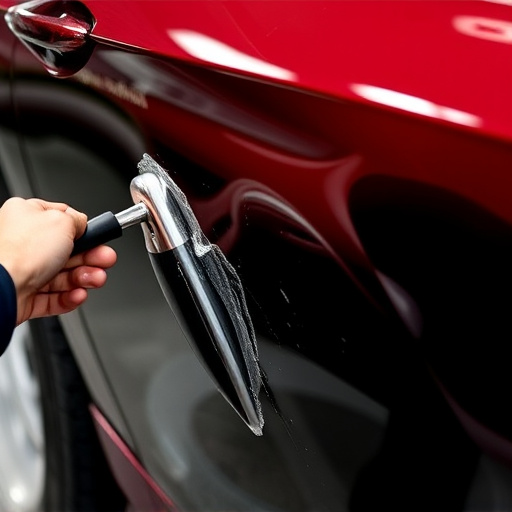
3D vehicle scanning is transforming the automotive industry by offering unprecedented levels of precision and efficiency. This advanced technology captures detailed digital representations of vehicles, allowing for accurate measurements, damage assessment, and even virtual repairs before any physical work begins. It’s a game-changer in areas like auto glass replacement, where precise scans ensure perfect fitment of new glass panels, eliminating the need for costly trials and errors.
Furthermore, 3D scanning aids in autobody repairs and car bodywork services by providing clear, visual data that helps technicians identify and address even the subtlest dents or scratches. This not only speeds up repair times but also ensures superior quality and cosmetic results. The technology’s versatility extends to pre-and post-accident documentation, making it a valuable tool for insurance companies, offering a digital record of vehicle conditions, and facilitating smoother claims processes.
3D vehicle scanning is transforming the automotive industry, offering unprecedented insights into vehicle design, repair, and customization. By capturing detailed digital models of vehicles, this technology empowers professionals to streamline processes, enhance efficiency, and unlock new possibilities in automotive innovation. As 3D scanning continues to evolve, its applications will only expand, ensuring a future where precise vehicle data is readily accessible and leveraged for improved performance and personalized experiences.
